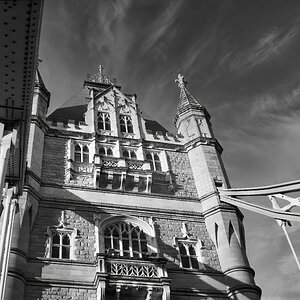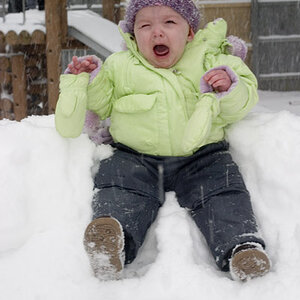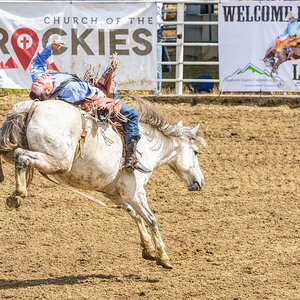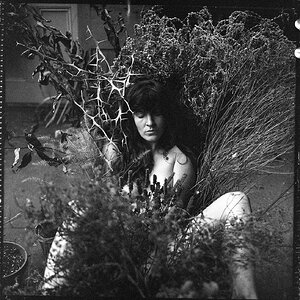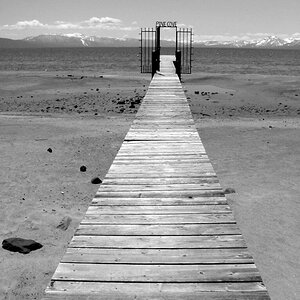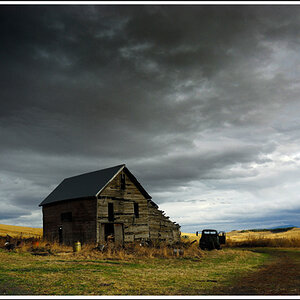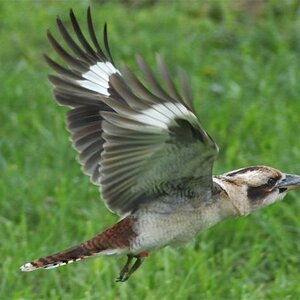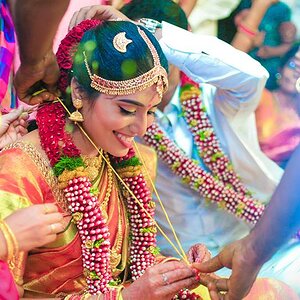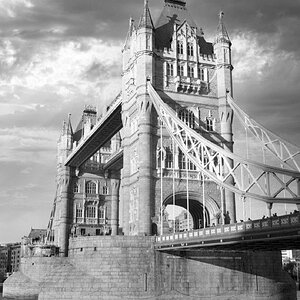Xbethx
TPF Noob!
- Joined
- Nov 28, 2012
- Messages
- 22
- Reaction score
- 1
- Location
- Kentucky
- Can others edit my Photos
- Photos OK to edit
So im pretty new to photography. These are the first "professional" worthy shots ive taken with my Canon T3i.
They were shot with the aperture priority preset. Everything automated and no tripod.
I know the focus is a little soft on some of them but let me know what you think
Thanks
#1

#2

#3

#4

#5

They were shot with the aperture priority preset. Everything automated and no tripod.
I know the focus is a little soft on some of them but let me know what you think
Thanks
#1

#2

#3

#4

#5

Last edited:







